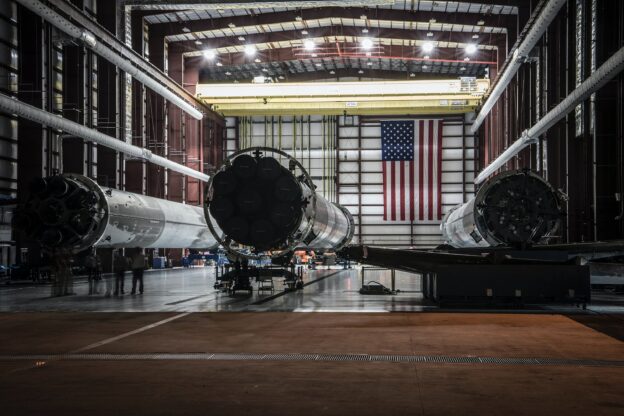Introduction
In the vast expanse of the sky, aerospace manufacturers play a pivotal role in shaping the future of transportation, exploration, and defense. These industrial giants are tasked with the monumental responsibility of designing, producing, and testing aircraft, satellites, missiles, and spacecraft that operate in the atmospheric and exoatmospheric realms. Their contribution is not merely to the field of aviation but extends to the vanguard of technological innovation and global connectivity. In this comprehensive exploration, we delve into the intricacies of aerospace manufacturing, examining its history, current challenges, and the future trajectory of this high-flying industry.
History and Evolution
The journey of aerospace manufacturing dates back to the early 20th century when pioneers like the Wright brothers laid the groundwork for powered flight. Over the decades, the industry has evolved dramatically, driven by both wartime needs and human curiosity. Key moments such as the jet age, the space race, and the advent of unmanned aerial vehicles (UAVs) have each marked new chapters in aerospace history. Manufacturers have consistently pushed the boundaries of what is possible, leveraging advancements in materials science, aerodynamics, and propulsion systems to craft machines that soar higher, faster, and more efficiently than ever before.
Technological Innovations
Aerospace manufacturers stand at the forefront of innovation, integrating cutting-edge technologies to meet the ever-growing demands of the industry. From composite materials that reduce weight and increase strength, to sophisticated avionics that enhance flight safety and performance, these advancements are the lifeblood of the sector. Furthermore, the introduction of additive manufacturing, or 3D printing, is revolutionizing the way aircraft components are produced, offering new possibilities in design flexibility and supply chain efficiency.
Economic Impact and Job Creation
The aerospace industry is a significant driver of economic growth, contributing billions to global GDP and supporting a vast network of ancillary industries. As an aerospace manufacturer, a company not only produces high-value products but also creates a diverse range of job opportunities, from engineers and scientists to technicians and assembly workers. This sector is a cornerstone of industrial activity in many countries, fostering innovation, skilled labor, and trade.
Global Connectivity and Defense
In today’s interconnected world, aerospace manufacturers play a key role in enabling global travel and communication. The production of commercial airliners and satellite systems has made it possible to connect distant corners of the world, facilitating business, tourism, and cultural exchange. Additionally, the defense aspect of aerospace manufacturing cannot be overlooked. These companies provide national militaries with the equipment necessary to maintain security and conduct missions, highlighting the strategic importance of the industry on a geopolitical level.
Challenges and Sustainability
Despite its many successes, the aerospace industry faces a myriad of challenges. Environmental concerns, such as the carbon footprint of air travel, have prompted manufacturers to seek greener alternatives, including electric propulsion and more efficient aerodynamic designs. Furthermore, the competitive nature of the industry drives a constant need for innovation, while economic fluctuations can create an unpredictable market. Aerospace manufacturers must remain agile and forward-thinking to navigate these obstacles and sustain their growth.
The Future of Aerospace Manufacturing
Looking ahead, the future of aerospace manufacturing is poised to be as dynamic and groundbreaking as its past. The industry is gearing up for a new era of space exploration, with plans for Mars missions and space tourism taking shape. In the realm of aviation, the concept of urban air mobility is beginning to take flight, promising a future where flying taxis alleviate urban congestion. As aerospace manufacturers continue to explore these frontiers, they will undoubtedly shape the next century of human advancement in the sky.
Conclusion
aerospace manufacturer s are the architects of our skies, crafting the vehicles that broaden our horizons and protect our nations. Their contributions to technology, economy, and connectivity have been instrumental in propelling society forward. As we witness the dawn of new aerospace endeavors, the impact of these industrial powerhouses will only magnify. In the intricate dance of innovation and practicality, aerospace manufacturers ensure that humanity’s reach always extends beyond the clouds, into the great expanse of the unknown.

